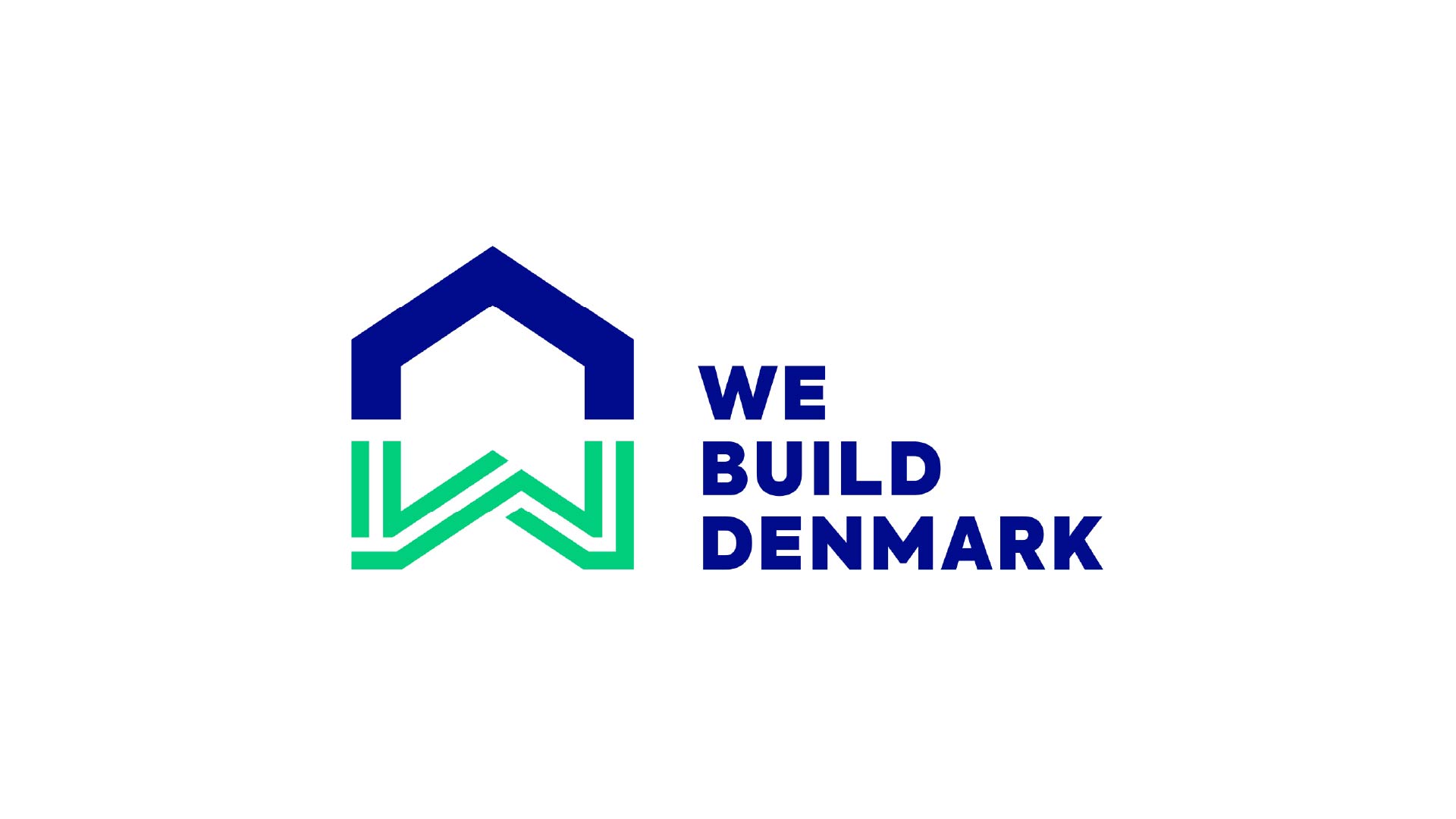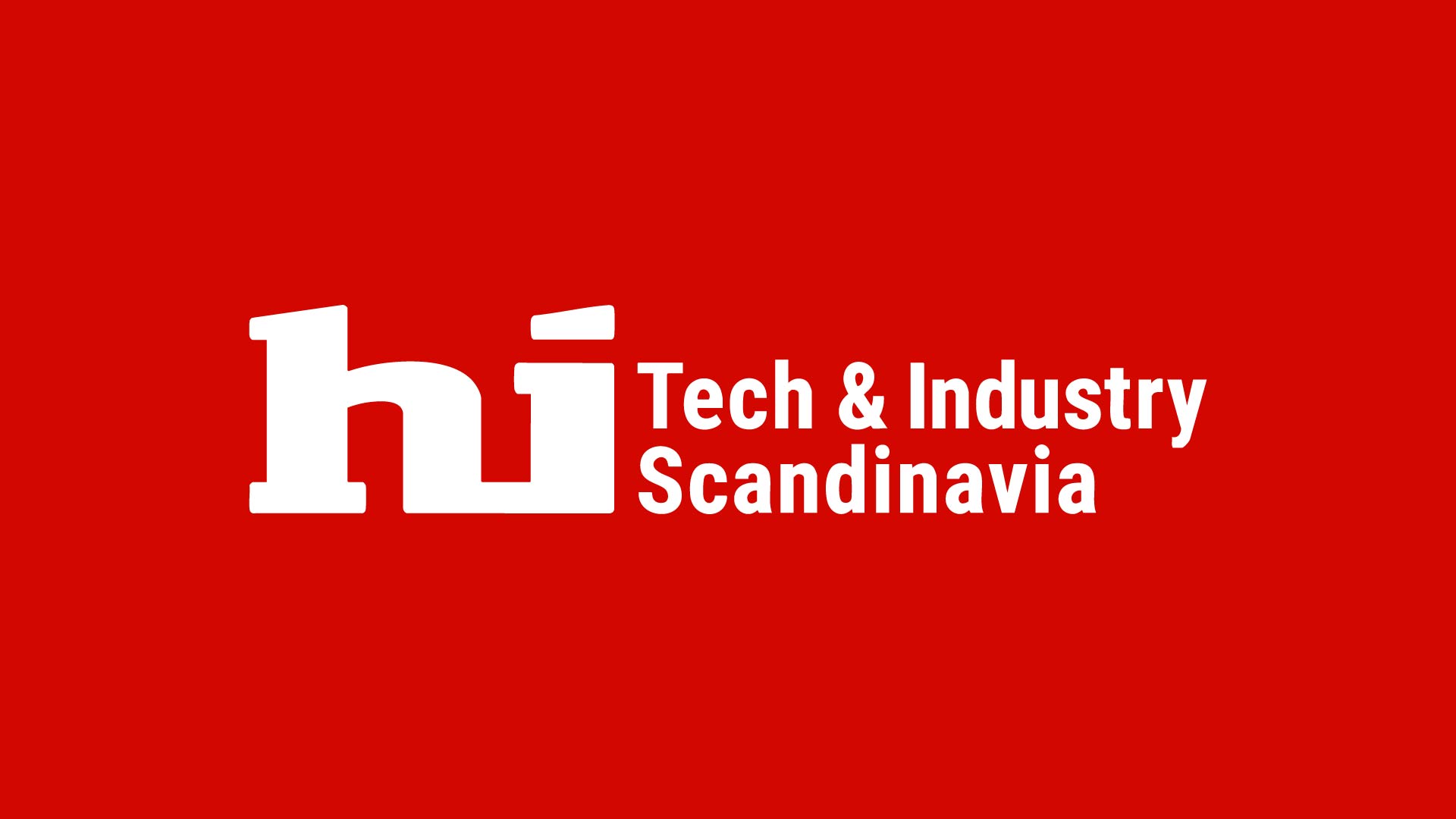
Case overview
- Goal: Ensure CO₂e reduction, efficient operations, and energy savings in Ishøj Municipality
- Number of buildings: 3 buildings, 3 main panels, 6 subpanels, and 46 measured areas and consumers
- Solution implemented: Portfolio analysis, submetering, and the EnergyXplorer tool
Ishøj Municipality and ReMoni have taken a major step towards data-driven decision-making, where detailed analyses and intelligent measurements lead to concrete energy savings and a reduction in CO₂ emissions.
The Challenge
Like many other municipalities, Ishøj Municipality faced high electricity consumption across its building portfolio – but lacked the data to pinpoint exactly what was driving it. Without granular insights, initiatives often had to rely on estimates and general measurements, making it difficult to document impact and target actions where they would create the most value.
The Solution
The collaboration between Ishøj Municipality and ReMoni was initiated in the summer of 2024. It began with a general analysis of the municipality’s main meter data and led to the selection of three buildings – two schools and one administrative building – where ReMoni’s sensors were installed by the municipality’s in-house electrician.
Using ReMoni’s EnergyXplorer tool, electricity consumption was divided into both main and subpanels and analyzed in real time. This gave a clear overview of when and where electricity was being used – enabling a more targeted focus on areas such as standby consumption and inefficient equipment.
The First Results
The partnership has already led to tangible results:
- The heat pumps for domestic hot water in the sports facility were operating inefficiently and have now been decommissioned – resulting in significant energy savings.
- In one school, the after-school care (SFO) accounted for 20% of the standby consumption, which was identified through precise measurements. Initiatives can now be implemented to optimize lighting control and eliminate unnecessary standby electronics.
- Standby consumption in kitchens and server rooms has been mapped, highlighting future opportunities such as improved ventilation and better placement of refrigeration equipment.
All initiatives are documented with before-and-after measurements, enabling the effect of each measure to be isolated and included in sustainability reporting and energy certification.


